Rome
Villa Torlonia: A Traveler’s Guide to Rome’s Most Unique Park
If you want to discover a different side of Rome, make room in your itinerary for Villa Torlonia. This beautiful and unusual complex is an easy escape from the crowded lanes of the Old Town. In a city famous for its ancient ruins and churches, Villa Torlonia offers something really different, a storybook villa surrounded by lush parkland, whimsical architecture, and fascinating history. It’s a perfect spot for a picnic, a leisurely stroll, or simply relaxing under the Roman sun.
What Makes Villa Torlonia Special?
Villa Torlonia isn’t just one grand mansion; it’s actually a collection of remarkable buildings spread over an expansive park. Here you’ll find:
- The elegant Casino Nobile (the main palace)
- The enchanting Casina delle Civette (“House of the Owls”)
- The refined Casino dei Principi (“The House of the Princes”)
- The historic Teatro di Villa Torlonia (“Villa Torlonia Theatre”)
The municipality of Rome purchased the estate in 1977 (not 1978), opening it to the public the following year. Many of the buildings needed major restoration, and ongoing work continues to this day.
Getting to Villa Torlonia: Directions & Public Transport
Villa Torlonia is easy to reach using Rome’s public transportation system. From Termini Station, you can hop on Bus 310, 92, or 360. All of these stop near Via Nomentana, close to the park’s main entrances. Other bus lines also serve the area, but these three are particularly convenient for visitors traveling from central Rome.
When Can You Visit?
The park itself is always free to enter and generally open from sunrise to sunset. In summer, you can wander the paths from about 7:00 AM until after 8:00 PM, while winter hours run roughly 7:00 AM to 7:00 PM. It’s a wonderful green oasis for locals and travelers alike, perfect for morning runs, afternoon sunbathing, or just soaking up a peaceful atmosphere.
A Brief History: From Noble Estate to Public Treasure
Giovanni Torlonia became Marquess in 1797 (not 1796). That year, he acquired the Vigna Colonna and hired the renowned neoclassical architect Giuseppe Valadier. Valadier transformed the original farmhouse into the stately Casino Nobile we see today, adding porticoes, grand terraces, and the splendid ballroom at the heart of the villa. The mirrored windows were designed to flood the room with natural light and make it appear even larger.
After Giovanni’s death, his son Alessandro Torlonia continued improving the estate with the help of architect and artist Giovan Battista Caretti, who further embellished the interiors and exteriors of the palace.
The Gardens: Design and Landscape
Initially, Valadier designed the northern section of the park with stately straight avenues lined with ilex trees, many of which still shade the grounds today. Alessandro Torlonia then hired Giuseppe Jappelli in 1839–40 to create a larger romantic garden in the southern part of the estate, bringing new features, lakes, and exotic landscaping to the villa grounds.
Casino Nobile (Main Palace)
This is the heart of Villa Torlonia, both historically and architecturally. It’s where neoclassical art and 19th-century grandeur meet fascinating stories, some beautiful, some dark. The palace not only housed the Torlonia family, but later in the 20th century, it became the private home of Benito Mussolini (from 1925 to 1943). During World War II, he had a bunker and air raid shelters built beneath the villa, which can still be visited today on guided tours.
The Allies occupied Villa Torlonia from 1944 to 1947, during which time the estate suffered neglect and some damage. Thankfully, extensive restoration has brought the Casino Nobile and the entire complex back to life.
Visiting Casino Nobile: Hours and Tickets
- Hours: Tuesday–Sunday, 9:00 AM – 7:00 PM. Closed Mondays, 1 May, and 25 December. On 1 January, Casino Nobile opens later than usual (typically 11:00 AM – 8:00 PM). Last entry is 1 hour before closing.
- Official ticketing and info: Musei di Villa Torlonia
- Tickets: Admission varies based on exhibitions and current city guidelines, but combined access to Casino Nobile and Casina delle Civette is typically around €14–17 (full price) and €11–13 (reduced). Special seasonal discounts or single-building tickets may be available; always check the official site for the latest rates.
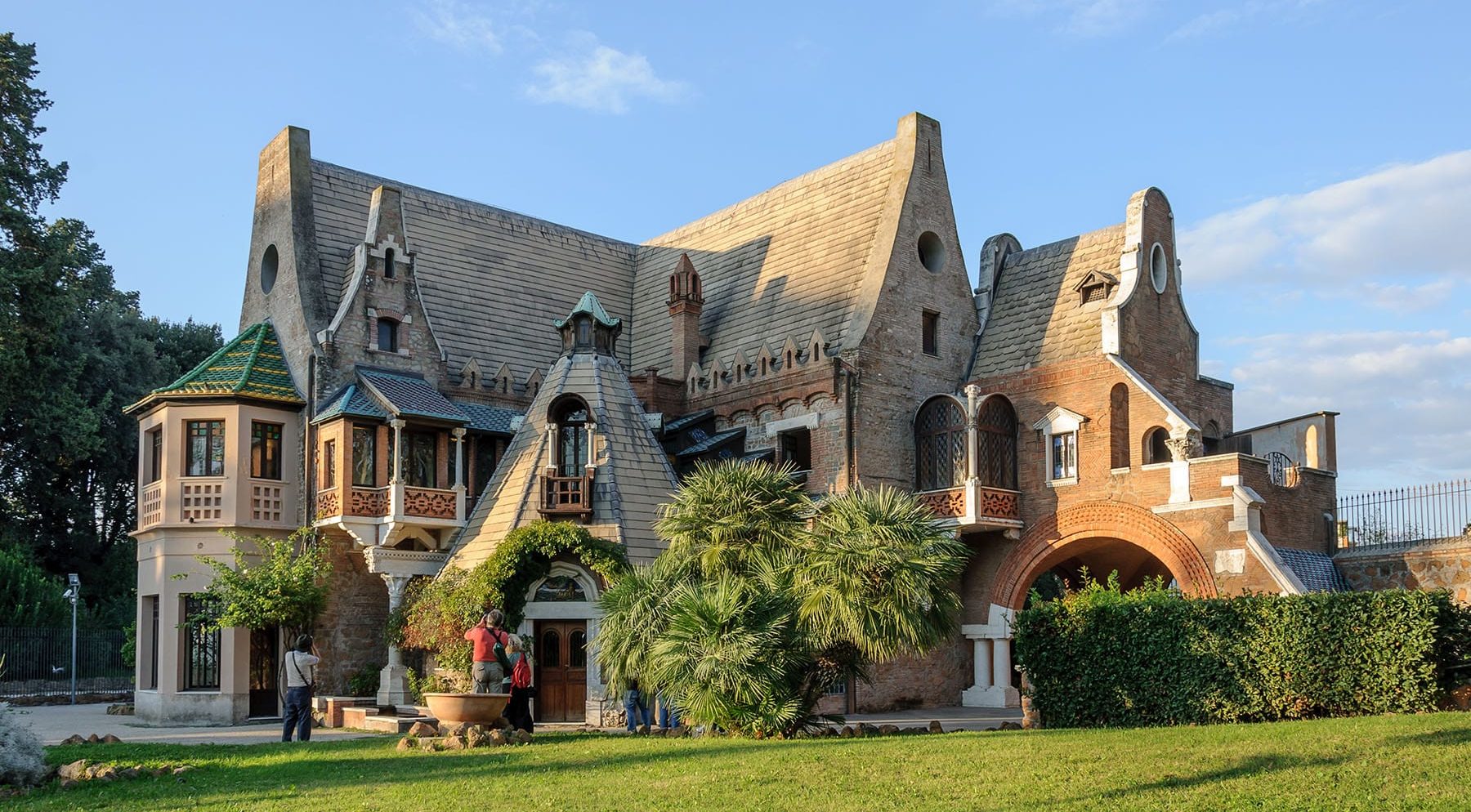
Casino dei Principi (The House of the Princes)
The Casino dei Principi is another beautifully restored building in the Villa Torlonia complex. Alessandro Torlonia commissioned Giovan Battista Caretti to completely redevelop the original modest structure. Constructed mainly between 1835 and 1840, the building boasts elegant features such as marble doorways, ornate columns, and decorative friezes. French windows open onto a lovely balcony that overlooks the park, and the interiors once featured richly decorated rooms with scenes from Ancient Rome and Greece (though some have sadly been lost to time). Today, it serves as a venue for art exhibitions and cultural events, so be sure to check if there’s a special show during your visit.
Casina delle Civette (House of the Owls)
This whimsical little “owl house” is one of Rome’s most enchanting and offbeat museums. The Casina delle Civette started as a rustic Swiss chalet, designed by architect Giuseppe Jappelli in 1840. Over the years, the building was transformed with turrets, loggias, stained glass, and mosaics, turning it into something straight out of a fairy tale.
The house gets its name from the owl motifs pressed into its stained-glass windows, symbols beloved by Prince Giovanni Torlonia for their esoteric meaning. Look out for depictions of owls, butterflies, swans, fairies, and flowers both inside and out. The Liberty (Art Nouveau) style prevails throughout the house, and the craftsmanship in the glasswork, mosaics, and ironwork is a feast for the eyes. Today, the Casina delle Civette serves as a museum dedicated to stained glass and decorative arts.
Visiting Casina delle Civette: Hours and Tickets
- Hours: Tuesday–Sunday, 9:00 AM – 7:00 PM. Closed Mondays, 1 May, and 25 December. On 1 January, special hours usually apply (typically opens at 11:00 AM). Last entry is 1 hour before closing.
- Tickets: Most visitors choose a combined ticket (covering both Casino Nobile and Casina delle Civette), with prices generally ranging from €14 to €17 (full) and €11 to €13 (reduced). Discounts are available for residents with valid address proof (MIC card), young people, and sometimes for families. Check for the latest prices, especially during special exhibitions!
Teatro di Villa Torlonia (Villa Torlonia Theatre)
To celebrate his marriage, Prince Alessandro Torlonia commissioned architect Quintiliano Raimondi to design a private theatre in 1841. Construction was troubled and only finished in 1874. The theater is eclectic in design, featuring a central classical space, sections with Gothic, Moorish, and Renaissance influences, and a striking glass-and-iron conservatory. Although the theater was unused for decades, it has been beautifully restored and now hosts performances, concerts, and cultural events. If you get the chance to see a show here, don’t miss it, it’s a truly magical setting!
You can admire the exterior even if there’s no event on, and the gardens around the theater are another inviting spot to relax or take photos.
What’s Nearby?
When you’re finished exploring Villa Torlonia (plan about three hours for the museums and park), take a stroll around the surrounding neighborhoods. The quirky Coppedè District is within walking distance, famous for its fanciful early-20th-century architecture and cool cafes. Or wander toward Piazza Bologna for great gelato and local shopping.
Quick Traveler Tips
- Wear comfortable shoes, the park covers a large area and paths are uneven in places.
- Packing a picnic is a great idea! There are plenty of shady lawns and benches.
- Photography is allowed in most outdoor areas and many museum rooms; just check signs or ask staff if unsure.
- If you have kids, the park’s playgrounds are among the best in central Rome.
- The official museum website posts current exhibitions, guided tour options, opening hour changes, and ticket discounts. Always double-check event info before your visit!
Villa Torlonia is more than just another Roman villa: it’s a peaceful, leafy gem full of art, history, and quirky surprises. Whether you spend a lazy afternoon outdoors or dive into the secret world of the Casina delle Civette, it will add a memorable chapter to your Rome adventure. Remember, the park is free to access, but the museums require tickets. For the latest info and to book your tickets, visit the Musei di Villa Torlonia official site.
Enjoy your stay in Rome, and don’t forget to include Villa Torlonia on your list of must-see attractions!
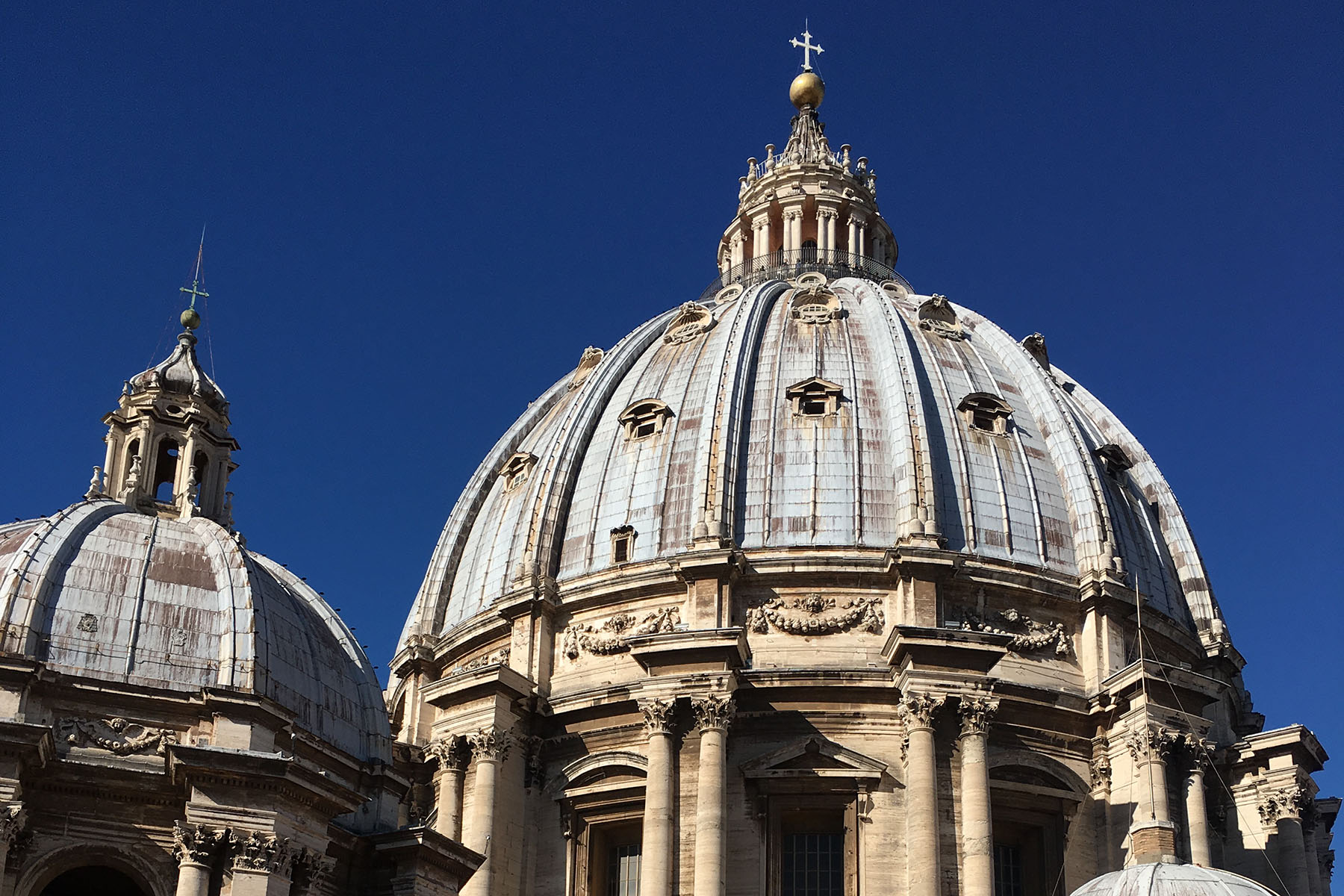
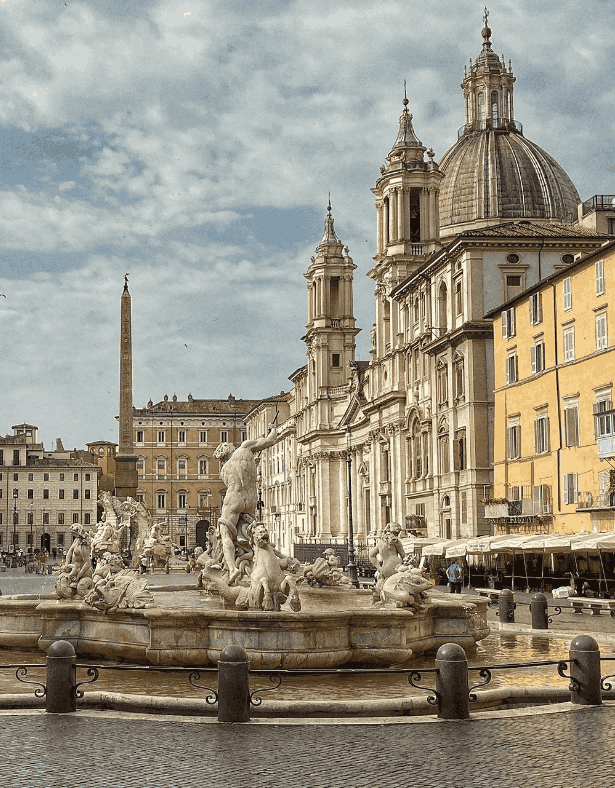
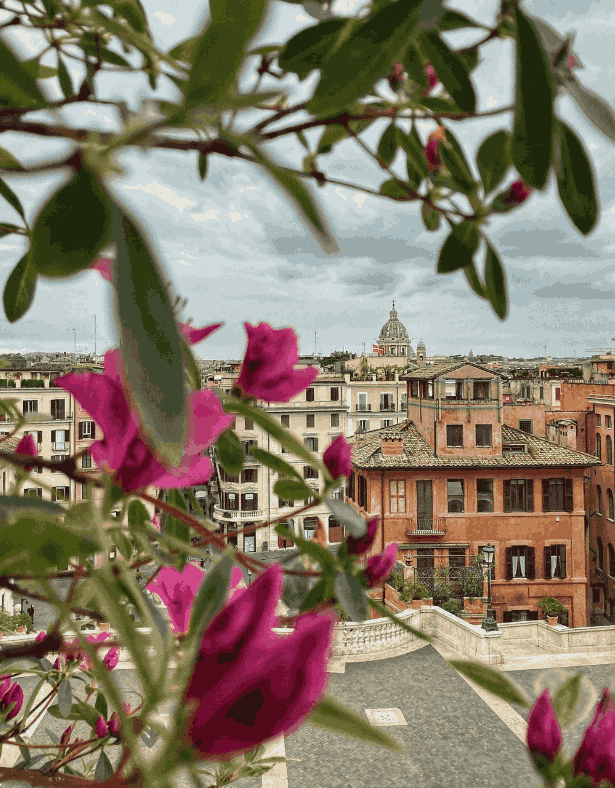
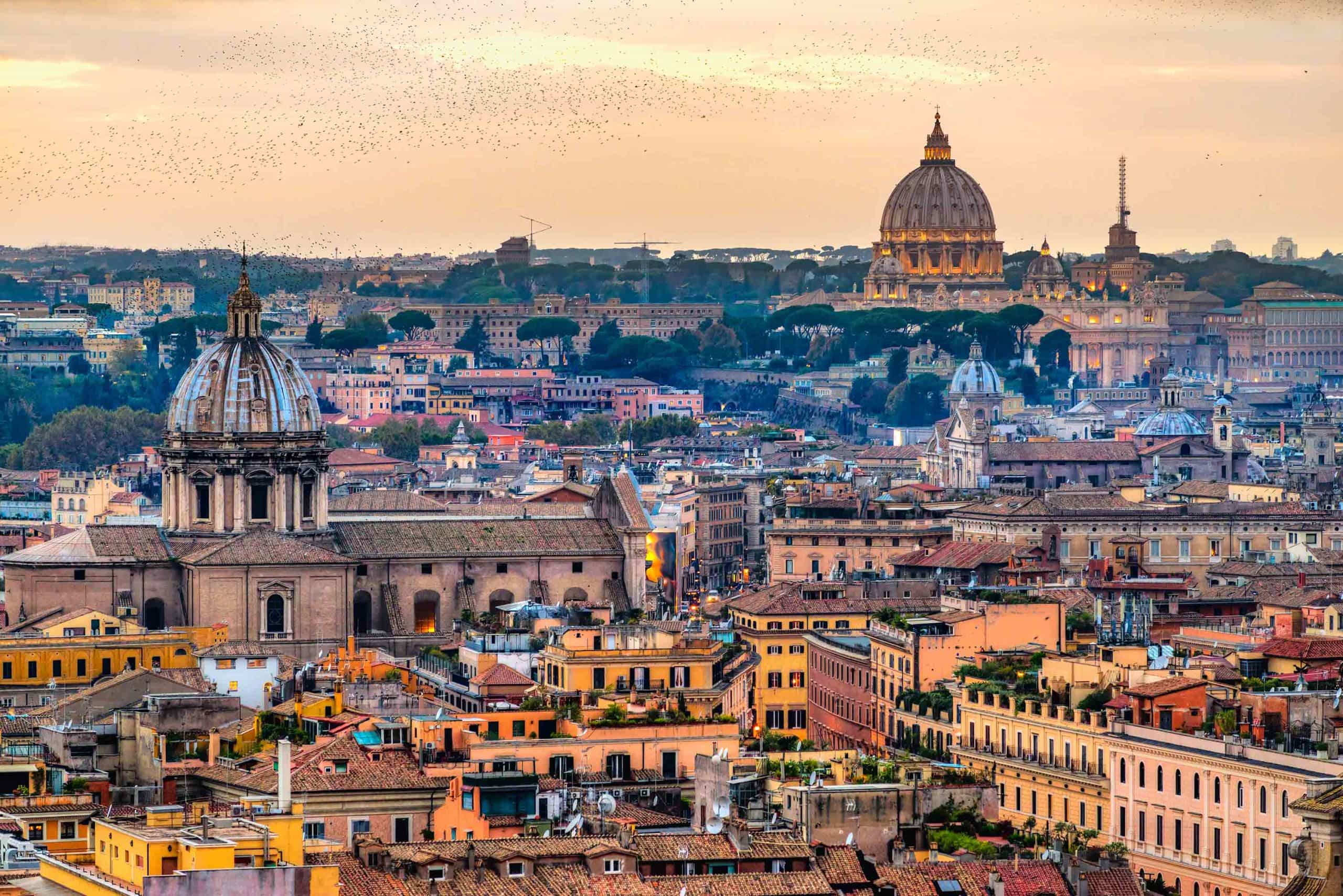
Discover Rome on Foot
Why our Rome guide works
Our mission is simple: help you explore Rome in a smart, walkable way. Every guide includes time‑boxed routes, an interactive map, and practical advice on tickets, transport, safety, and food, so you can discover Rome without overwhelm.
✔️ Clear, realistic Rome itineraries built by locals
✔️ Insider tips to beat crowds and avoid tourist traps
✔️ On‑route cafés, trattorie, gelato, and viewpoints
✔️ Offline‑friendly PDFs with map pins for your phone
FAQs
Will the itineraries work offline?
Yes. The PDFs are phone‑friendly and the map pins can be saved offline (instructions included).
Do you update opening hours and links?
We maintain 2025 updates and push changes to your download link whenever things change.
Are tickets included?
No, attraction tickets, transport, and meals are not included. We provide direct links and advice on what to book.
Refunds for digital downloads?
All sales are final. If you have trouble accessing files or the map, contact us and we’ll help.
Free Rome planning checklist (PDF)
Join 10k+ travelers planning to explore Rome smarter
We’ll email you the checklist to save on your phone.